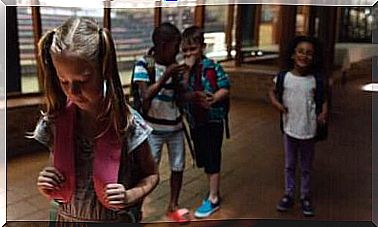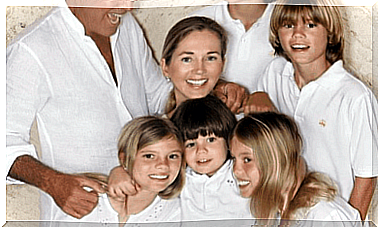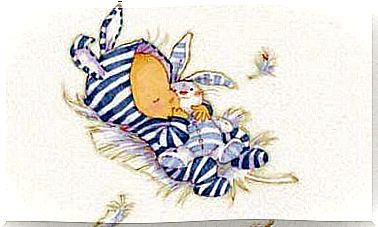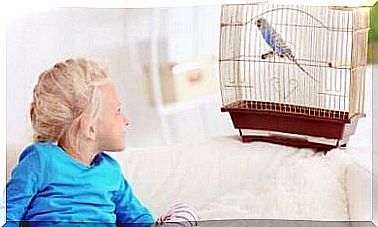Values at Home: We Kiss, Say Hello And Thank You – Being Parents
The home is a child’s first social environment. It’s not just a well-equipped house. There is also intangible, emotional and educational furniture, which guarantees the psychological integrity of the child.
The kisses, the hugs, the fact of saying thank you… It is his values and rules of politeness at home that will make him a happy, respectful and wonderful person.
Sociologists and psychologists know this. The social dynamics that we put in place within the walls of a house have a decisive influence on the members of the household.
Indeed, the home is a reduced model of our society, where we can set up a democratic or dictatorial education.
Parents should always agree on the education they want to give their child and keep this goal in mind at all times. Every word and every gesture stays not only in the head of the little one, but also in the invisible fabric which constitutes a home.
According to psychological climate experts, interactions between members of a social group, such as a family, gradually build a special atmosphere. It is easy to recognize a happy or unhappy household by the way members communicate with each other.
We must take into account an essential data. For a child, the home is a refuge and a psychological and emotional reference. So build him the most beautiful, the most welcoming and the happiest house.
My house is small, but the hearts that inhabit it are big
There are houses that are bigger on the inside than on the outside. There are houses that you only have to cross the threshold to feel the balance, the affection and the respect that reign there. The blessed child who grows up in such a house has the impression of living in a castle.
It is worth taking a moment to think about what makes a household happier.
1) A place where we transmit positive emotions
Houses where positive emotions are transmitted have tenants with good emotional intelligence.
- To cultivate positive emotions, it is necessary to know how to manage negative emotions. When we are angry, we don’t hide it and we don’t pretend. On the contrary, we express our feelings out loud and with respect for everyone to find a compromise.
- We know how to show compassion in homes where we cultivate happiness and harmony. We put ourselves in the shoes of others to understand their point of view and provide them with solutions.
- In a happy home, you are close to your child. Kisses, hugs and physical closeness convey positive emotions. The child feels protected and valued.
2) We teach values and rules of politeness at home
It is by teaching values at home and by putting in place rules of politeness that one develops the civic spirit of his child. We make him an adult who is worried about his neighbor and the environment, that is to say an adult who will know how to build a world where harmony reigns.
- Parents are the child’s first role models. It is therefore very positive to teach him simple gestures very early on, such as saying thank you, forgiveness or hello. It goes way beyond politeness.
- By using these marks of respect, the child will quickly understand that he can influence those around him. Whenever he says thank you or forgiveness, he will perceive that these are words that have power. Indeed, these gestures allow us to gain the respect, friendship and recognition of those around us.
Values and rules of politeness are social constructions that allow us to understand the world and life in a noble and positive way. This is why by teaching your child the love of nature and animals, equality, justice, respect for the weakest, mutual aid, freedom or knowledge , we make him a person. very special.
A house is more than walls, windows and a roof under which to shelter. Never forget it. In a house, we live together. It is a second maternal womb where the child learns very important things.
Images of IWONA LIFSCHES









